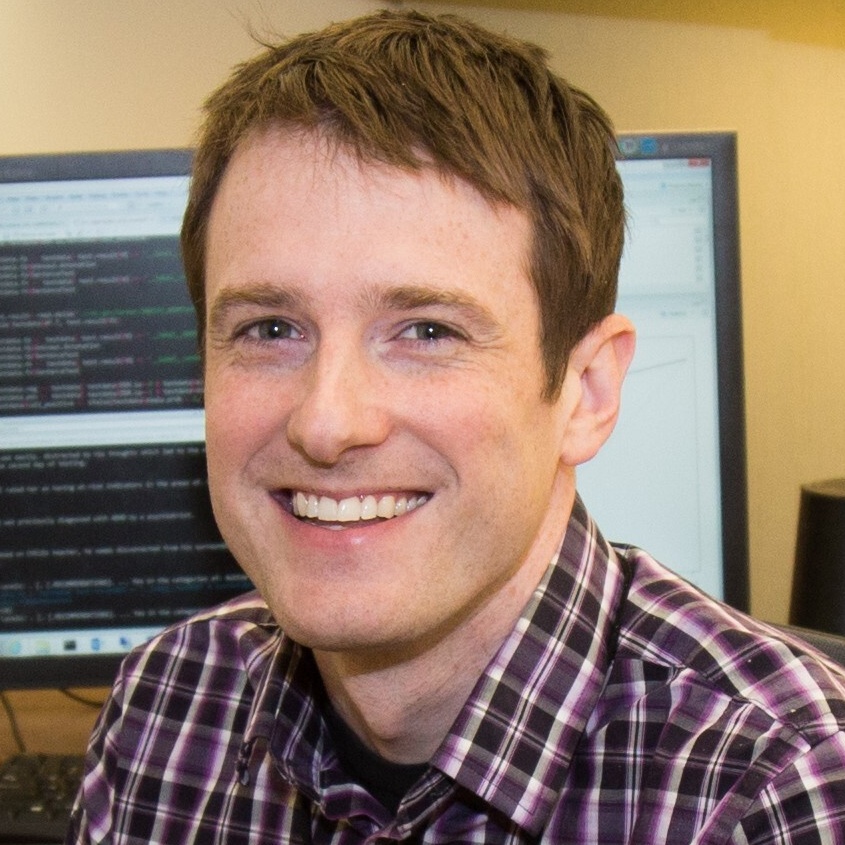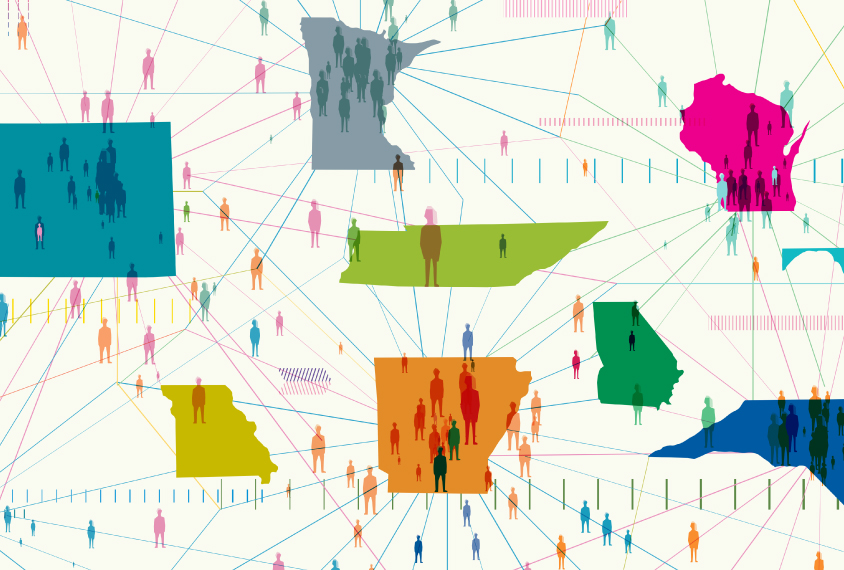Matthew Maenner is surveillance team lead for the National Center on Birth Defects and Developmental Disabilities at the U.S. Centers for Disease Control and Prevention.

Matthew Maenner
Surveillance team lead
National Center on Birth Defects and Developmental Disabilities
From this contributor
Q&A with Matthew Maenner: Estimating autism prevalence quickly
A new method to track autism prevalence in 11 U.S. states is twice as fast as the old approach — and yields similar results.

Q&A with Matthew Maenner: Estimating autism prevalence quickly
Explore more from The Transmitter
The Transmitter’s most-read neuroscience book excerpts of 2025
Books by Nachum Ulanovsky, Nicole Rust, and Andrew Iwaniuk and Georg Striedter made the list of some of the year's most engaging neuroscience titles.

The Transmitter’s most-read neuroscience book excerpts of 2025
Books by Nachum Ulanovsky, Nicole Rust, and Andrew Iwaniuk and Georg Striedter made the list of some of the year's most engaging neuroscience titles.
Neuroscience’s leaders, legacies and rising stars of 2025
Here are seven stories from the past year about some of the field’s most engaging figures.

Neuroscience’s leaders, legacies and rising stars of 2025
Here are seven stories from the past year about some of the field’s most engaging figures.
The Transmitter’s top news articles of 2025
Check out some of our most-read stories, covering neuroscience funding and policy changes in the United States, and methodological issues in high-profile neuroscience papers.

The Transmitter’s top news articles of 2025
Check out some of our most-read stories, covering neuroscience funding and policy changes in the United States, and methodological issues in high-profile neuroscience papers.